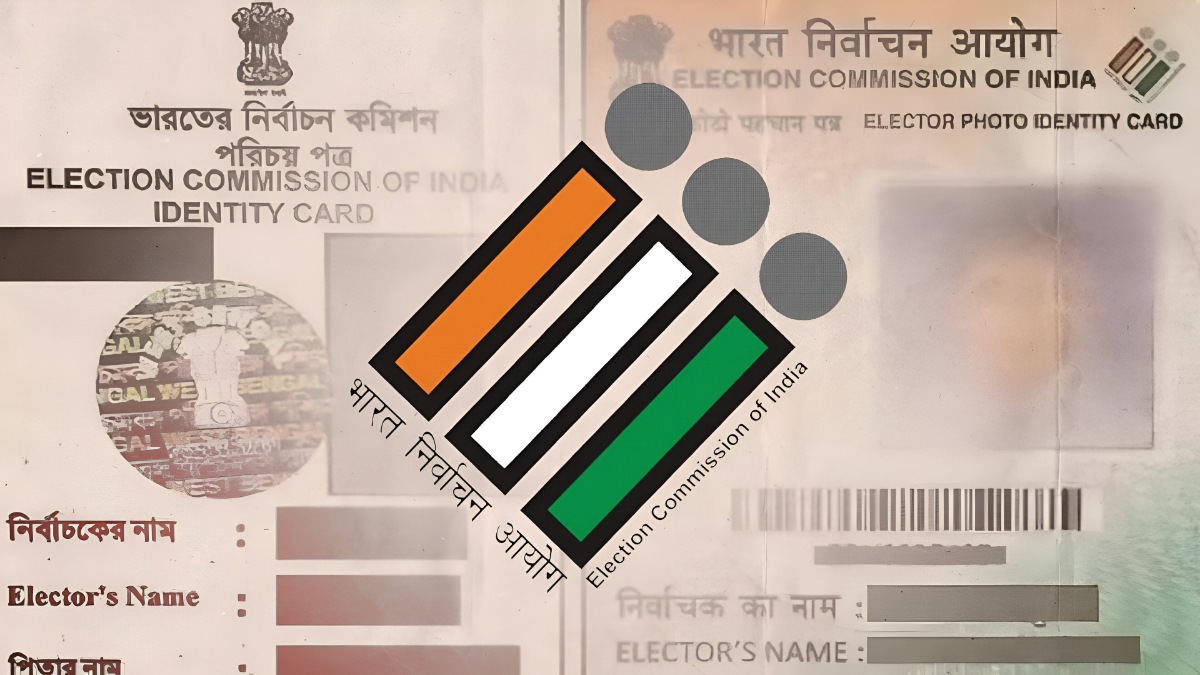Has The Govt Fared For The MSME Sector With GST?
The recent GST (Goods and Service Tax) Council Meet addressed concerns of the MSME (Micro, Small and Medium Enterprise) sector pointed out by the States and UT representatives. Being a fairly new tax system in the country, there are still issues that need attention.
A recent CRISIL research said that the impact of the changes in GST rules has been moderate considering the fact that formal access to credit flow is still the major problem among small businesses. Adding to their woes, the "one nation, one market" tax system has loopholes that have reduced the business of small traders than enhance it.

Two of the major decisions taken at the 32nd GST meet for the MSME sector was the rise in threshold limit and extension of the composition scheme. The turnover threshold for filing GST returns has been now doubled from Rs 20 lakh to Rs 40 lakh. States and Uts like Puducherry, that insisted on the Rs 20 lakh limit, now have the option to pick either of the limits. For hilly and small states, the limit has been increased to Rs 20 lakh with an option to go up to Rs 40 lakh.
In an attempt to expand the tax base in small businesses, a 'composition' scheme at the rate of 6 percent, as opposed to no tax earlier, was introduced under the GST regime. The composition scheme creates an entitlement as 'unregistered' or 'registered' dealers, thus reducing their viability to run business and leaving them with no choice but to choose the scheme irrespective of their turnover.
For example, the composite scheme does not allow exports to other states, thereby reducing the number of customers of some of these small businesses that made a good chunk of their revenue from inter-state sales. Further, the non-availability of Income Tax Credit (ITC) on purchases from composite dealers (who do not charge it on their invoices as they are not liable to charge them) has reduced the customer base of regular dealers that existed under the VAT system.
As a major contributor to the manufacturing sector, the non-viability of business to these small traders needs to be addressed under the GST regime. The reduced viability has increased the input costs of production for these businesses, forcing them to raise the prices of their finished products and making them uncompetitive. Lower prices have always been the USP (unique selling point) for these businesses as against the products made by big brands whose rates remained more or less same after GST. This is because CGST provided the large manufacturers with mandatory 12 percent excise duty cut that nullified the high rates of GST (at 12 percent as well) that should have been a disadvantage otherwise.
The small traders, on the other hand, did not have such an advantage due to their products already being 'excise-exempted' and instead hiked their prices exponentially.
The flaw lies in the fact that many concerns like these have not been raised at the GST Council meets by the state or UT representatives.































